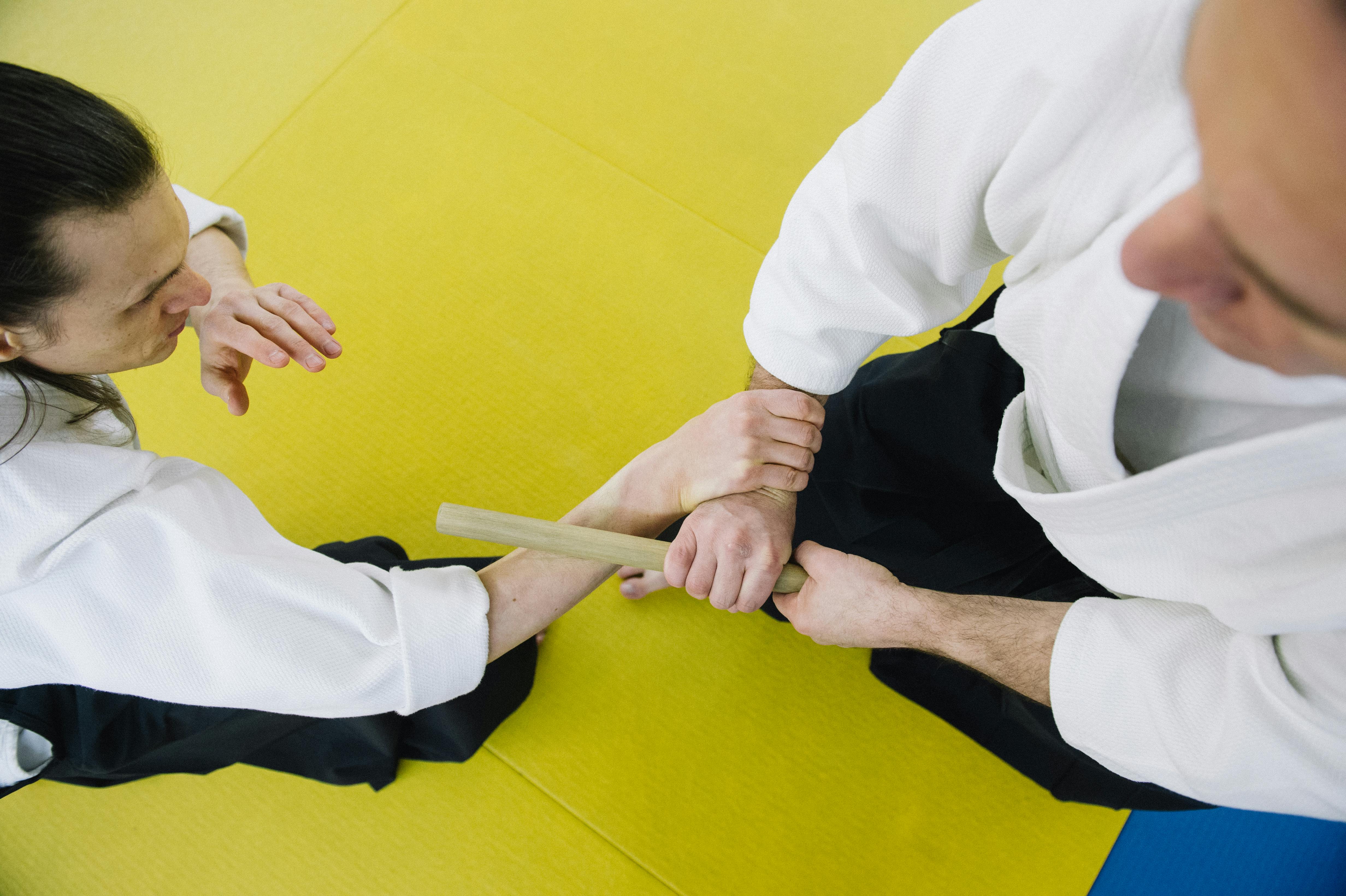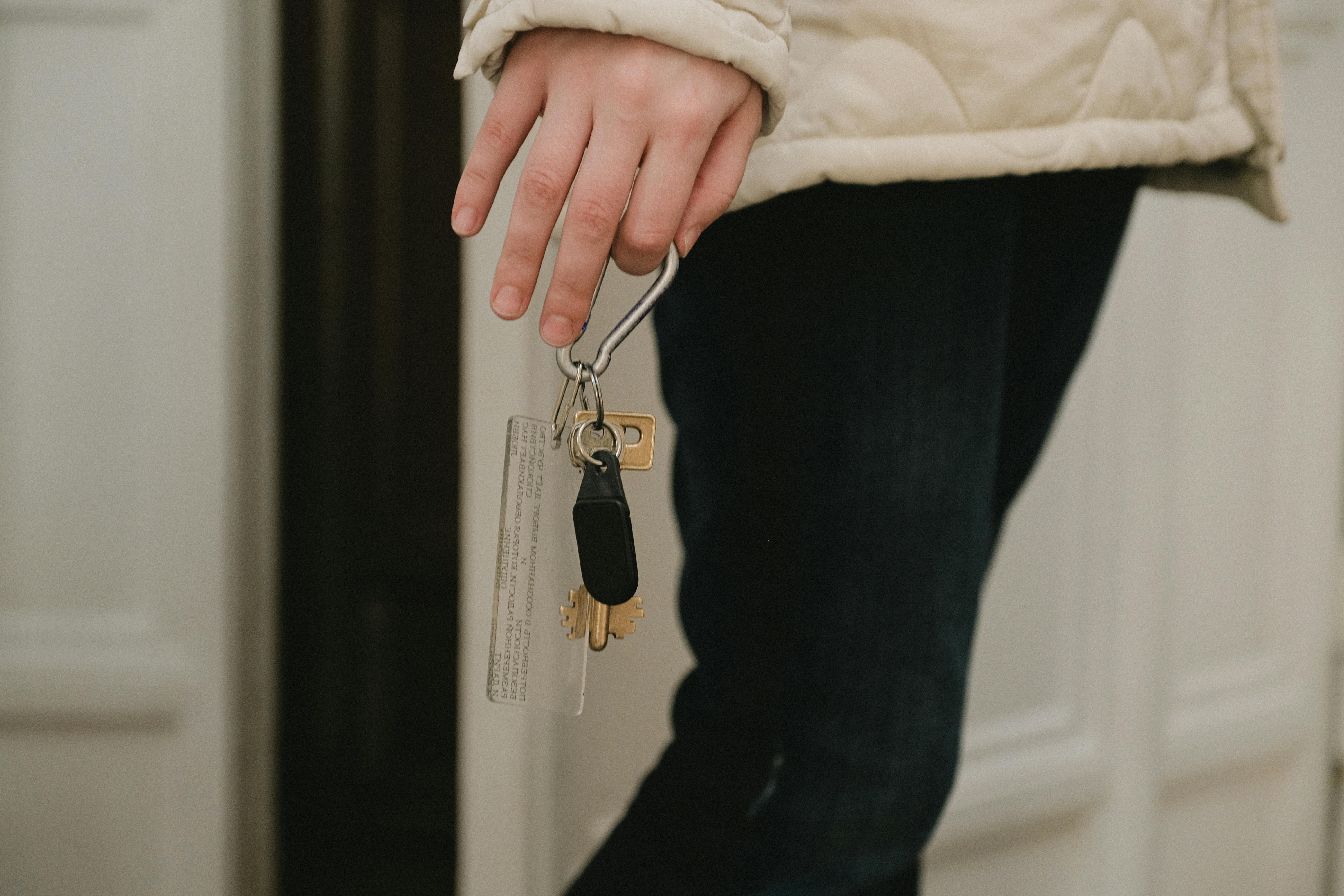Practical Self-Defense Moves for Real-Life Scenarios
4. Escaping Grabs and Holds

Knowing how to break free from an attacker’s grip is crucial in self-defense. Attackers often use grabs to control or immobilize their victims, so understanding how to escape these holds can be life-saving. One effective technique is the "wrist release," which involves twisting your wrist towards the attacker's thumb, the weakest part of their grip, and pulling away sharply. For more intensive holds, such as bear hugs, using leverage and targeting vulnerable points like the attacker’s eyes or groin can help create an opening to escape. Practicing these techniques with a partner can help you develop the muscle memory needed to react swiftly and effectively in real situations.
5. The Role of Improvised Weapons

In a self-defense scenario, everyday objects can become powerful tools for protection. Improvised weapons, such as keys, pens, or even a handbag, can help you create distance between yourself and an attacker. The key is to use these objects to target vulnerable areas, such as the eyes, throat, or groin, to maximize their effectiveness. Holding keys between your fingers or using a pen as a stabbing tool can provide an advantage when you need it most. Training yourself to recognize potential weapons in your environment and understanding how to use them effectively can significantly enhance your ability to defend yourself in unexpected situations.
